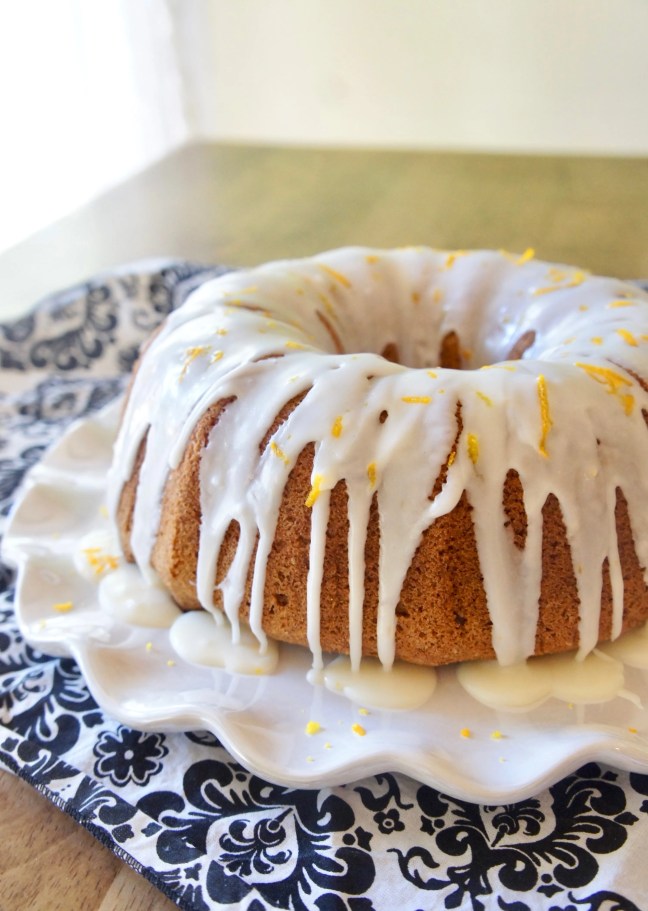
Almond Orange Streusel Coffee Cake

Spiced Orange Carrot Muffins

Butternut Squash Lasagna with No-Boil Noodles

Cranberry Oat Scones

Lemon Lavender Cake

German Potato Salad

Healthy Strawberry Yogurt Fruit Dip

Lime Cheesecake Bars

Almond Blender Pancakes

Loaded Sweet Potato Nachos

Smoked Salmon and Cream Cheese Frittata

Espresso Sugar Cookies

Sausage, Sweet Potato, and Brussels Sprout Hash

Tahini Roasted Cauliflower

Flourless Chocolate Hazelnut Cake

Popped Sorghum Protein Balls

Pumpkin Olive Oil Muffins

Cashew Butter Oatmeal Cookies

Maple Almond Latte

The Easiest Baked Brown Rice

Sweet Potato Kale Curry

Maple Oatmeal Muffins

Peach Applesauce

Pearl Couscous With Apples, Cranberries, & Herbs

Beef and Bean Nacho Casserole

Easy Canned Tuna Poke Bowl

Yellow Grapefruit Bars

Lemon Ricotta Muffins

Crock Pot Mexican Chicken & Corn Chowder

Peach Green Smoothie

Whole Wheat Oatmeal Pancakes

Thanksgiving Grain Bowl

Apricot-Rosemary Thumbprint Cookies

Green Bean Casserole {No Soups, No Mushrooms}

Sangria Cake

Banana Almond Butter Muffins

Herbed Tuna in Heirloom Tomatoes

Orange Olive Oil Bundt Cake

Coconut Chocolate Granola Bars

7 Creative Ways to Use Dried Fruit

Ham, Goat Cheese, and Mango Chutney Croissants

Creamy Smoked Salmon Dip

Lemon Raspberry Smoothie

Blueberry Flax Seed Muffins

Twice-Baked Spaghetti Squash with Sausage and Kale

Thai Peanut Chicken Pasta

Maple Pumpkin Pots de Creme

Shaved Brussels Sprout Salad with Pomegranate and Chicken

Butternut Squash, Apple Cider, & White Cheddar Soup

Amazing All-Purpose Tahini Sauce

Apple Cinnamon Energy Bites

Chocolate Mint Layer Cake

Mediterranean Baked Eggs With Croutons and Tomatoes

Cauliflower Steak Sandwiches with Garlic-Lime Aioli

Red, White, and Blueberry French Toast Casserole

Sangria Granita

The Only Peanut Butter Overnight Oats You’ll Ever Need

Naan-chos with Gazpacho Salsa

Coconut Almond Muffins

Spinach Salad with Mahimahi, Grapefruit, and Avocado

Jerk Salmon Bowl with Avocado-Mango Salsa

Mashed Potatoes with Goat Cheese and Sage

10 Healthy Appetizers for a Guilt-Free Super Bowl

Red Velvet Cookie Cake

Sun Dried Tomato Almond Pesto Pasta with Chicken

Lemony Green Beans with Almonds and Feta

Cranberry Salsa

Cinnamon Sweet Potato Muffins

Cookbook Review: The Complete Mediterranean Cookbook

Strawberry Banana Peanut Butter Smoothie

Apple Pie Truffles

Cajun Chickpea Cakes

Pumpkin Hummus + Fall Tortilla Chips

Harvest Chopped Salad

BBQ Chicken Stuffed Sweet Potatoes

Bulgur Salad with Grapes and Feta

Pumpkin Butter Muffins

Building a Mediterranean Diet-Friendly Pantry

Roasted Chickpea Pitas

Stetson Chopped Salad

Vanilla Chai Granola

Streusel-Topped Blueberry Custard Pie

Broccoli Three Cheese Lasagna

Mandarin Orange Yogurt Pops

The Best Black Bean Burritos

Spaghetti with Tuna, Basil, and Lemon

Raspberry Cornmeal Muffins

Peanut Butter Apple Baked Oatmeal

Strawberry Applesauce

Barbecue Tofu Sandwiches with Veggie Slaw

3-Ingredient Mango Frozen Yogurt

White Bean Hummus

10 Things You Didn’t Know About Milk

Spiced Applesauce Bread

Almond Milk Nutella Pudding

Veggie Pot Pie Skillet with Cheddar Biscuits

Cajun Lemon Tilapia with Dill Sauce

Vegetarian Mexican Stuffed Peppers

Steak Chopped Salad

Oranges with Vanilla Syrup




























Thank you for sharing this recipe. Loved it! The muffins came out fluffy and just the right amount of sweet. Was surprised that flaxseed didn’t make muffins dry as they normally turn out when used in other muffin recipes. Used milk as I didn’t have banana nut coffee creamer 🙂 Will be making again and again! Thank you.
Thanks so much for sharing! So glad you enjoyed these!